Curator Martina Weinhart experiences an impressive installation by Ed Kienholz at the Fondazione Prada in Milan, where two further ongoing exhibitions are also well worth a visit.
In general, before an exhibition project you move here there and everywhere, and do not chase after things. But there are also these types of exhibition that resonate enduringly and from which long-lasting connections emerge. This is precisely what happens when you become part of the Kienholz family. And even years later – our Kienholz exhibition was in 2011 – you like to follow closely what is going on in this cosmos. With Nancy Kienholz as doyenne, a circle of curators, collectors, gallery-owners, artists and other enthusiastic hangers-on of “Planet Kienholz” gathered in Milan for a very special exhibition project at the Fondazione Prada. As part of a larger presentation of Kienholz works, the legendary “Five Car Stud” is one of the marvels. It was first exhibited in 1972 at documenta 5 in Kassel, where it resonated profoundly with the public, then spent much time in storage, but was ultimately recently acquired by Miuccia Prada.
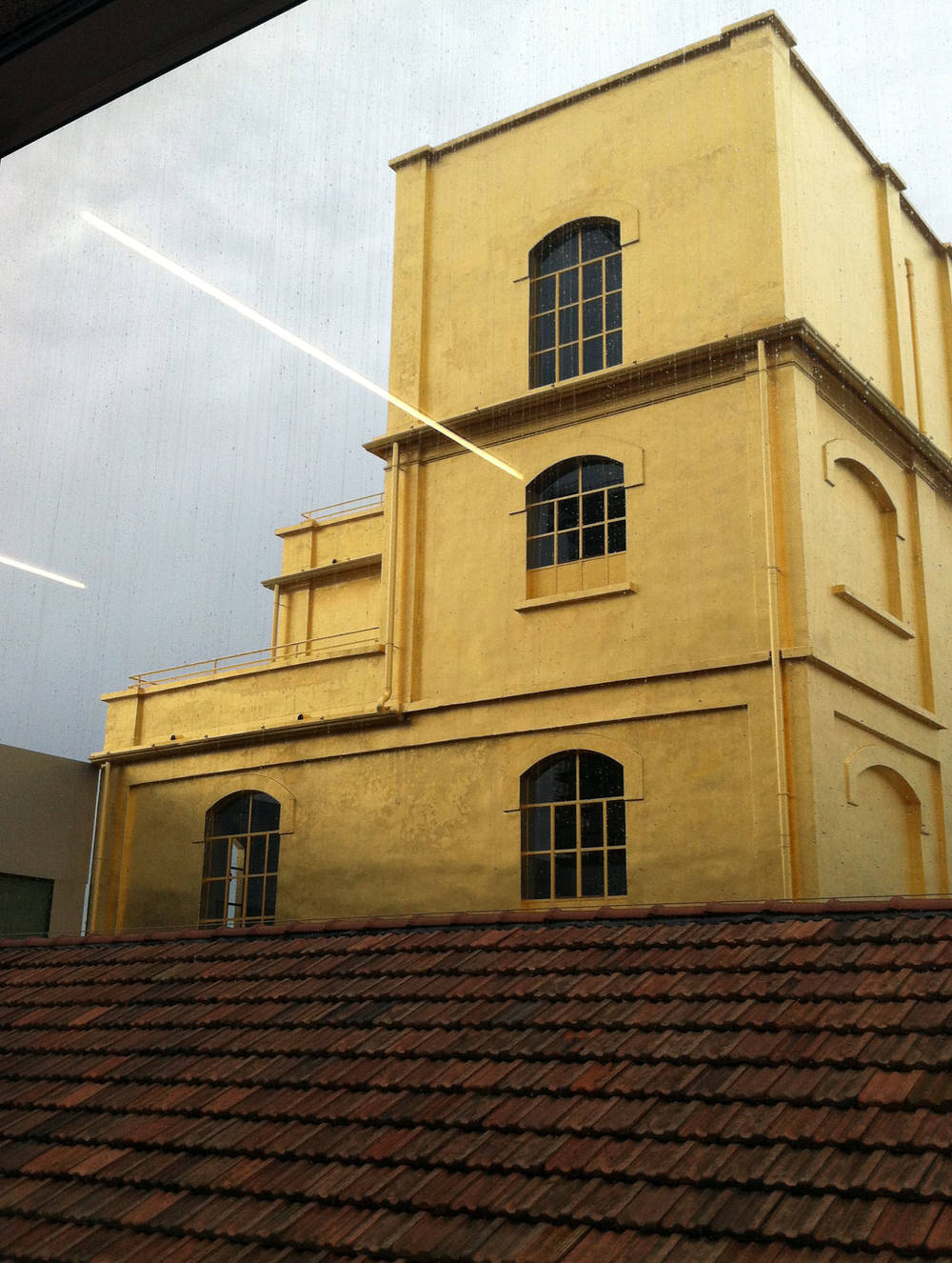
The work is one of the most impressive tableaus by Ed Kienholz, a blazing denunciation of racism, which even today has barely lost any of its power, let alone – and it’s a shame to say it – its topicality. Visitors enter a darkened room and stumble in deep, black sand upon an unusual scene illuminated only by car headlamps directed towards the center. The figures in the scene are life-size and therefore very real, and the viewer becomes witness to a (truly vicious) scene of lynching: several white men are torturing a black man. This has such a level of power that the bystanders immediately begin debates about what they would actually do if they were to come across a situation like this in real life. I would say that the artwork has therefore fulfilled its objective. Mission accomplished!
Well worthwhile
As we stumble back into the reality of the Prada exhibition site, this art experience endures. It accompanies me throughout the rest of the evening. I am then even too caught up in the Kienholz cosmos to see the remaining exhibitions at the site, so I come back the following morning to do so. And it’s certainly well worthwhile. In the golden tower of the factory site converted by Rem Kolhaas are assembled works by artists ranging from Louise Bourgeois to Robert Gober. In the so-called Podium, London-dwelling Polish artist Goshka Macuga has planned and designed the exhibition “To the Son of the Man Who Ate the Scroll”, which she has equipped with unbelievable loan items from both living and deceased artist colleagues.
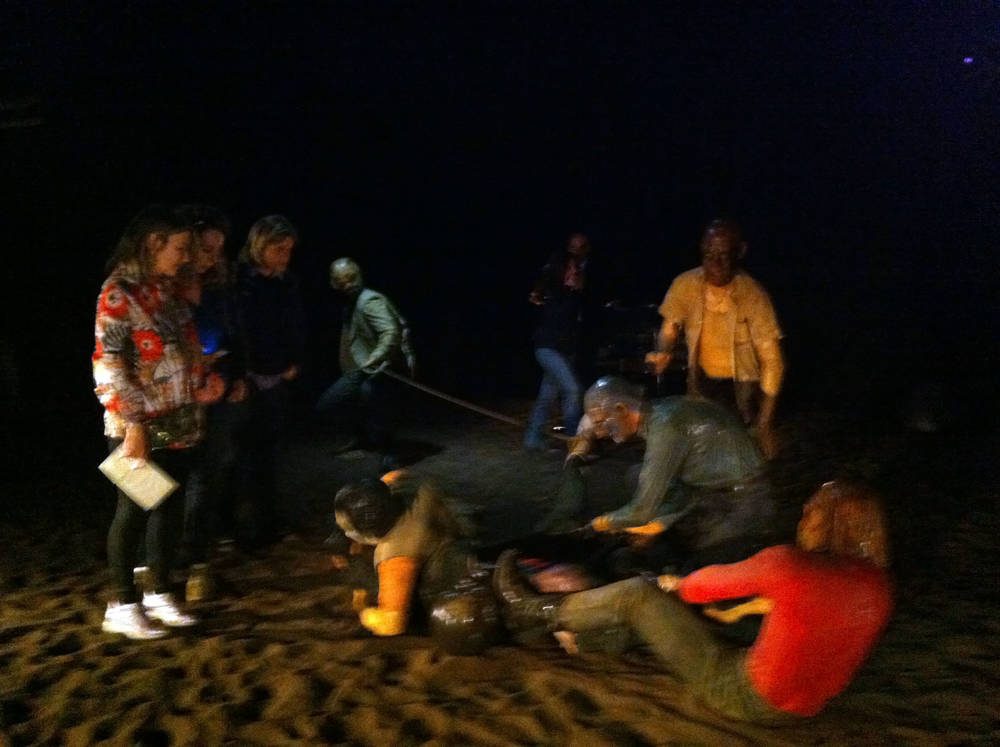
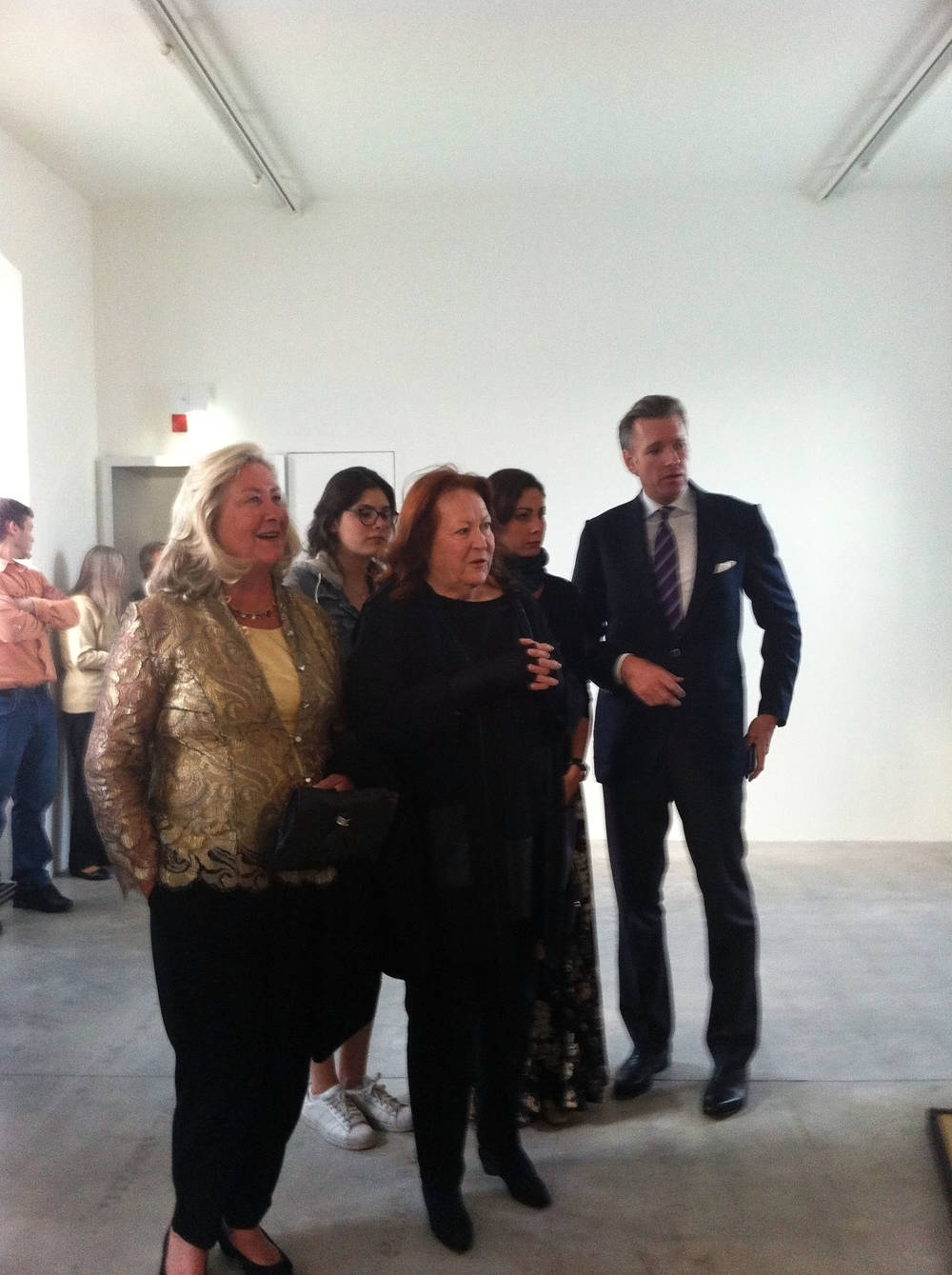
Here small bronzes by de Chirico meet Bertelli’s legendary “Profilo continuo” of Mussolini, James Lee Byars meets Lucio Fontana meets Hanne Darboven meets Dieter Roth; letters by Einstein and Freud are on show alongside fragments by Walter Benjamin. At Prada the artists make curators obsolete, as the second large exhibition was also curated by an artist – namely Thomas Demand. “L’image volée” is no less spectacular and unfurls before the visitor a journey of images and motifs, which demonstrates in the clearest way possible how, in each case, one artist builds on the work of another.
A reminiscence from the distant past
Before the return journey I simply have to make a quick visit to the Museo del Novecento to see some of the icons of Italian art in the twentieth century. “Il quarto stato” is on display here – the workers’ protest march as depicted by Giuseppe Pellizza da Volpedo. I am also determined to see the spectacular neon work by Lucio Fontana; with the Duomo of Milan sparkling through the windowpanes in the background, it is truly a breathtaking experience. Finally I am met with another reminiscence from the very distant SCHIRN past: On the uppermost floor, in the Arte Programmata department is the “Ambiente stroboscopico” by Davide Boriani. We reconstructed it back in 2007, and now here it stands in Milan.
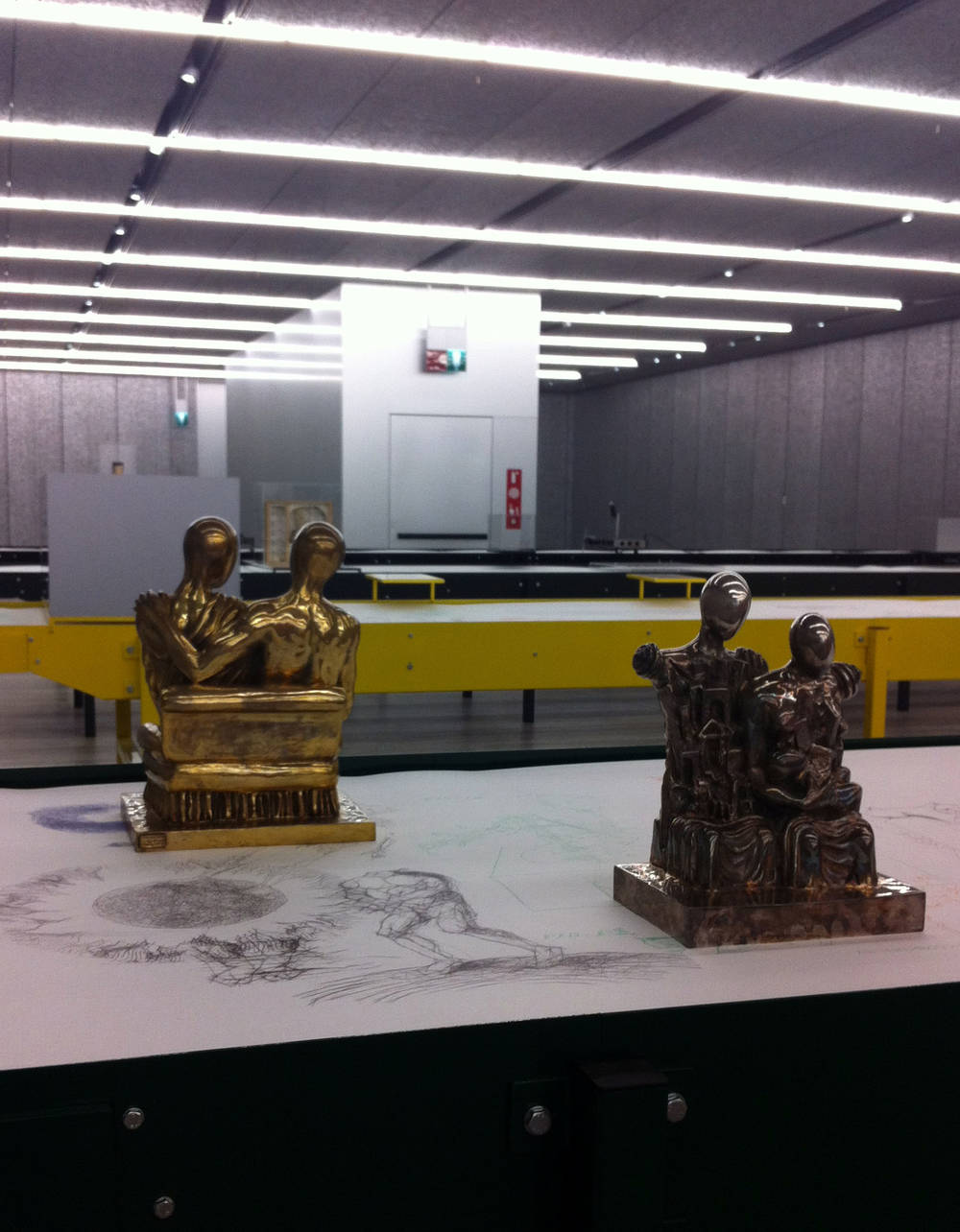
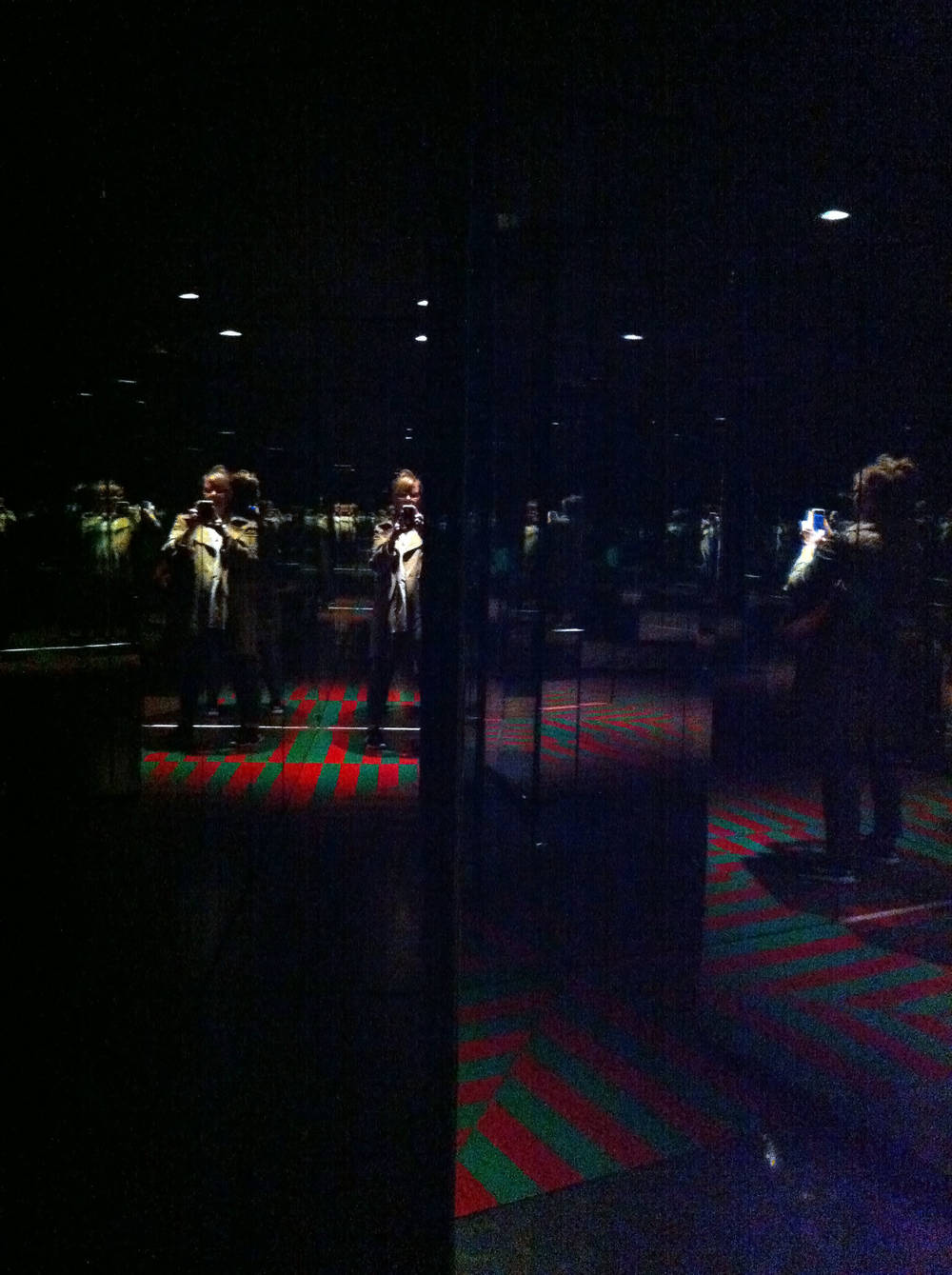
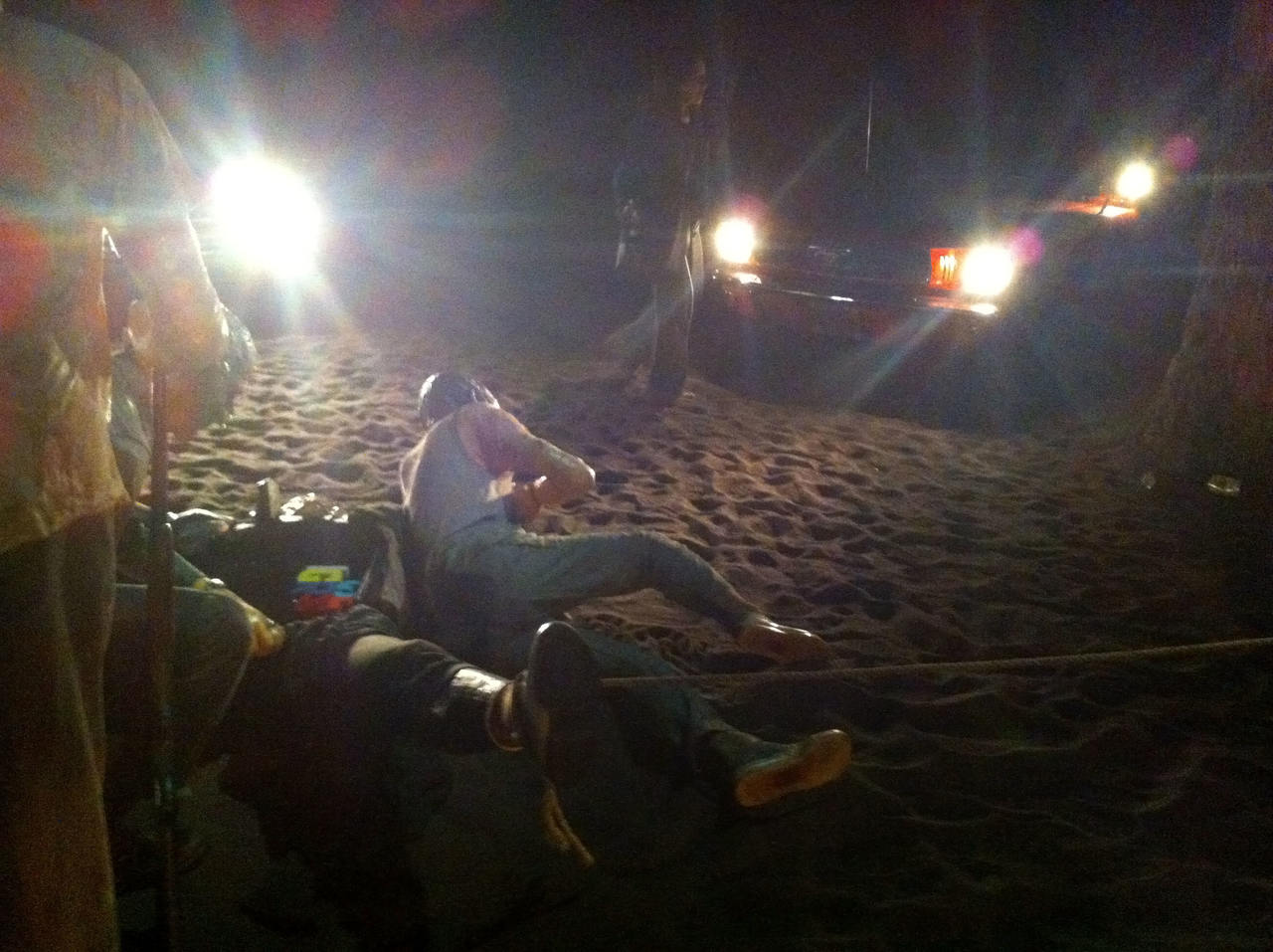
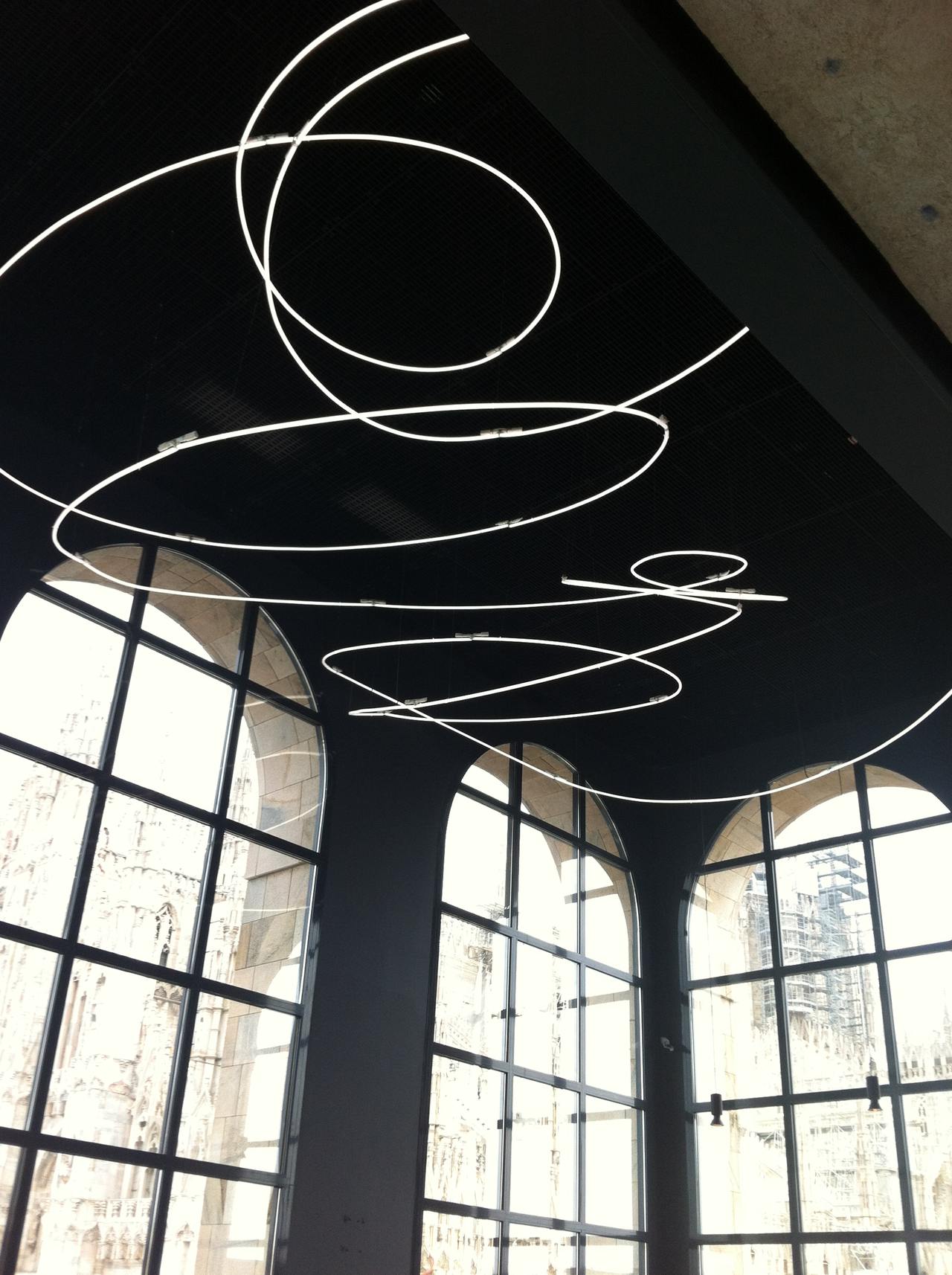
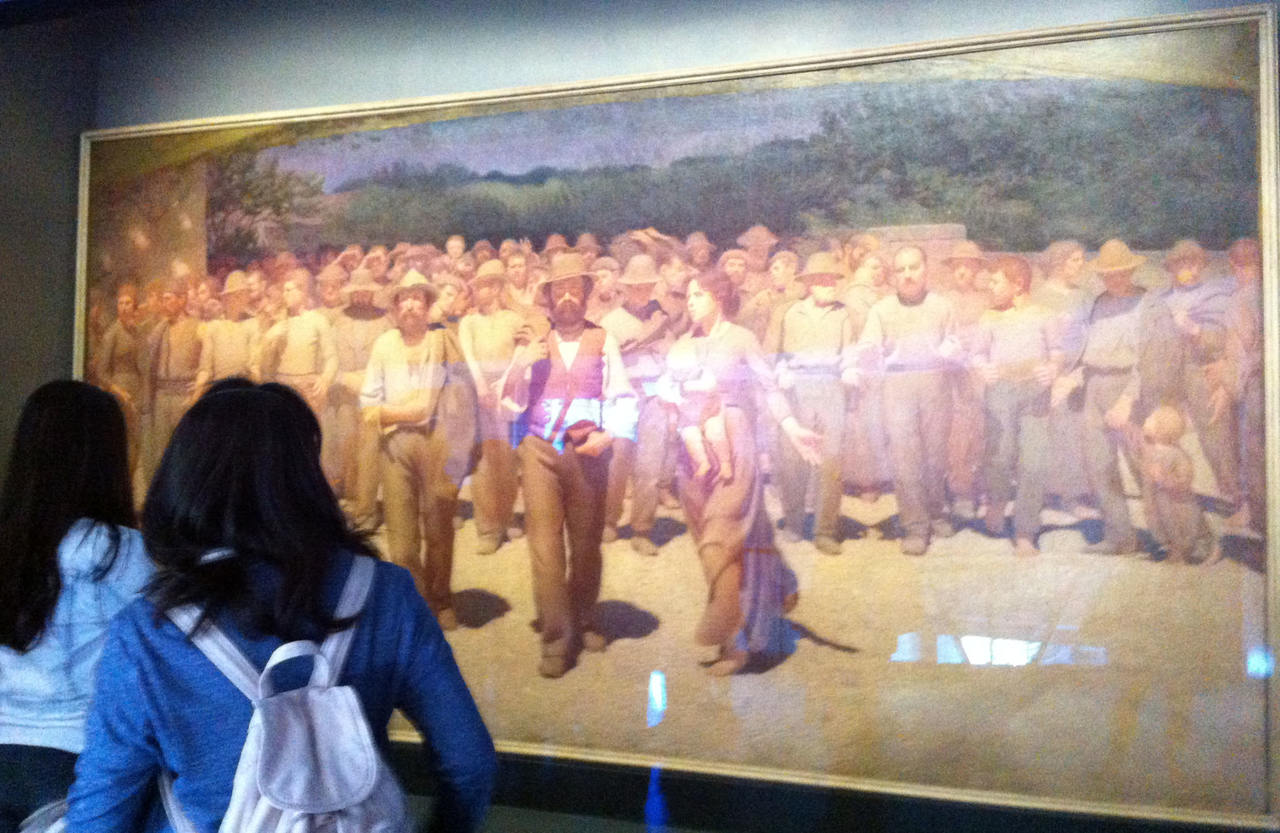
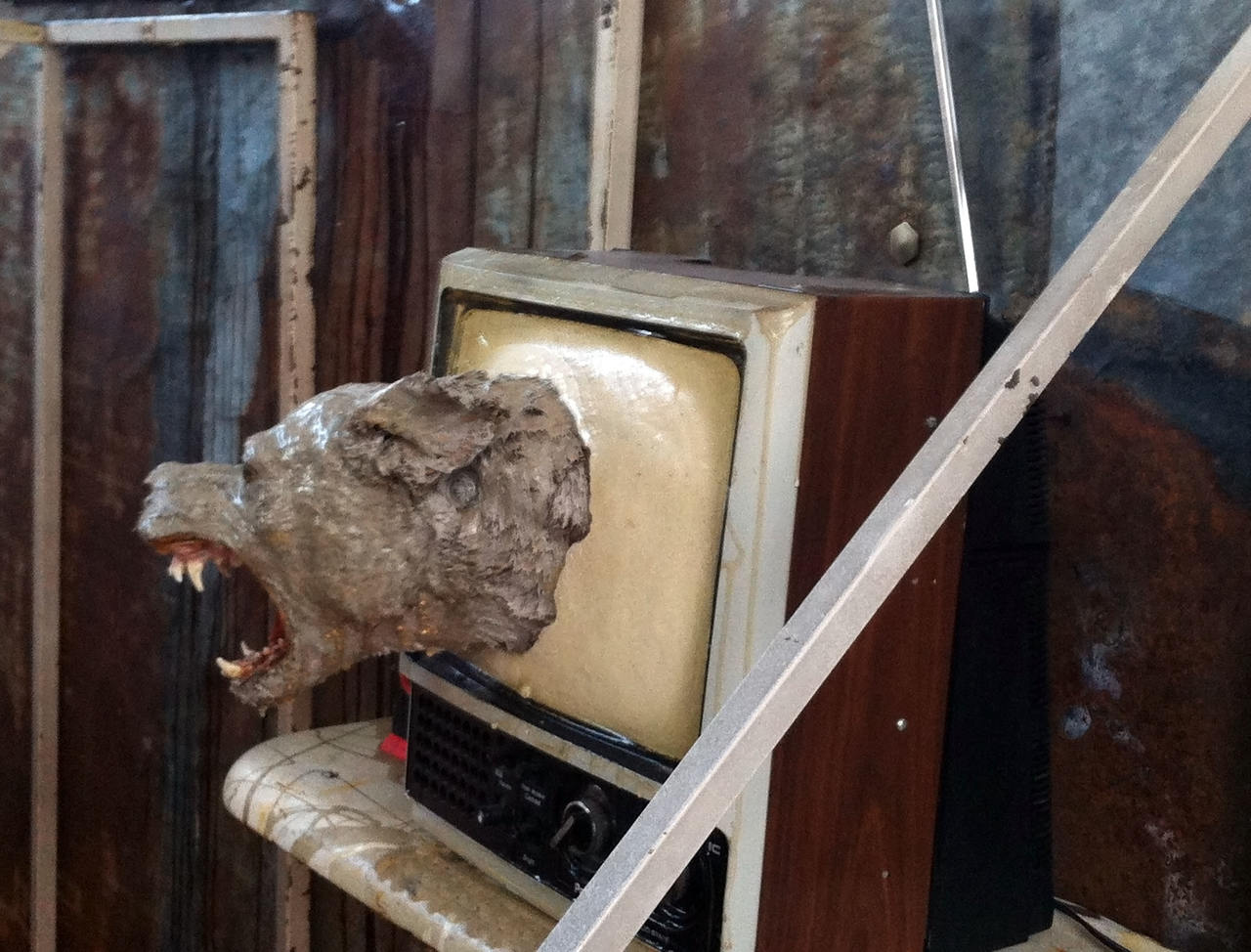
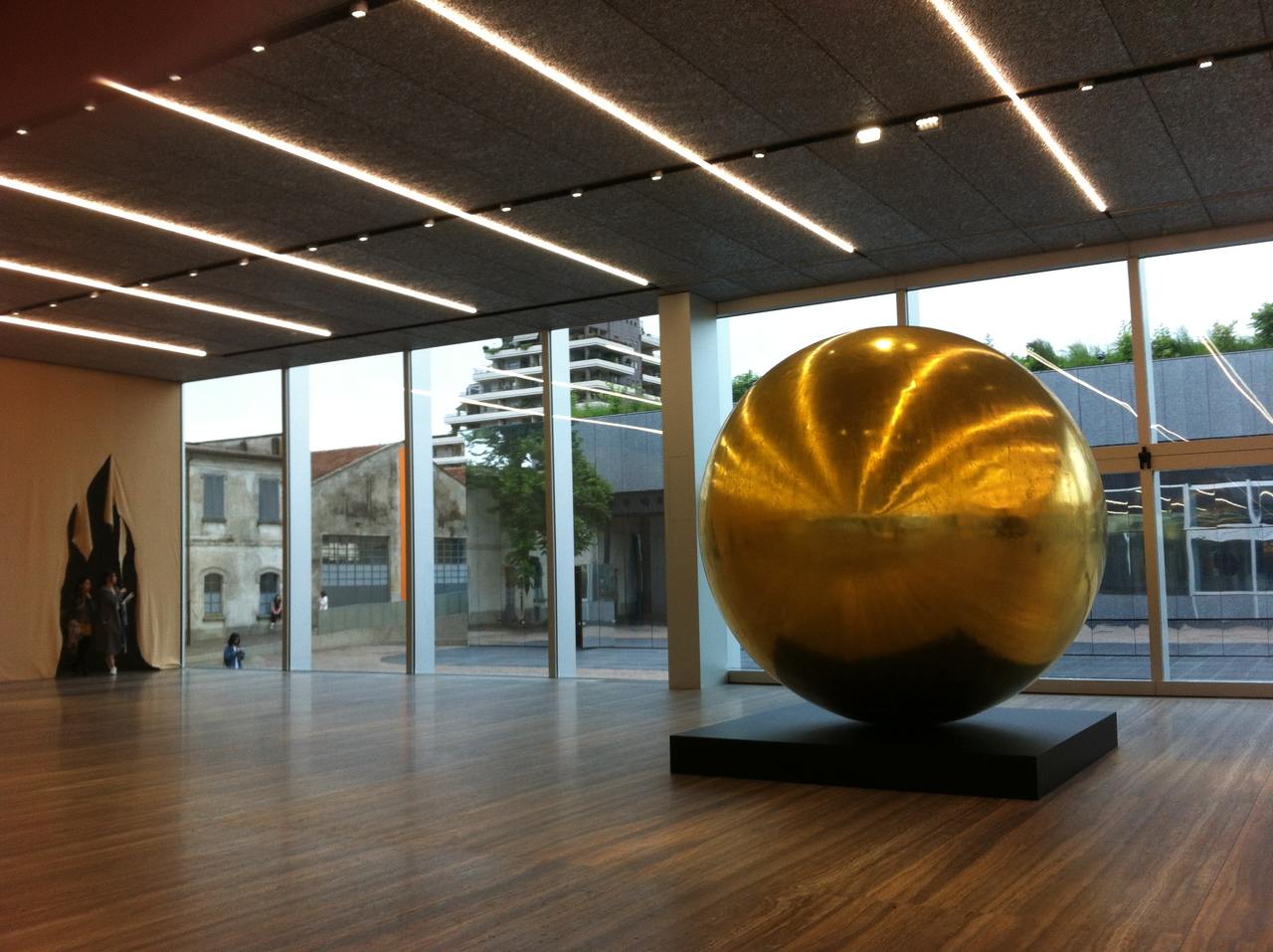

5 questions for Mary Messhausen and proddy produzentin
With the performance "Thonk piece: Hungry for Stains", drag queens Mary Messhausen and proddy produzentin will open the exhibition COSIMA VON BONIN....

HIP HOP IS BLACK CULTURE – NOT THE OTHER WAY AROUND
Hip hop’s 50th birthday is an occasion for us to listen to some old records and mixed tapes and to look back at the most important hip hop films of...

Now at the SCHIRN:COSIMA VON BONIN
The SCHIRN is showing a unique presentation of new and well-known works by COSIMA VON BONIN until June 9.

SHALLOW LAKES – plumbing the depths
In the SCHIRN’s rotunda, MELIKE KARA is presenting a series of sculptures that are reminiscent of bodies of water or small lakes. So, what’s this...

When subculture becomes mainstream – a balancing act
Regardless of whether it is hip hop, techno, or the queer scene: It is not unusual for the aesthetics of countercultures and subcultures to morph into...

Now at the SCHIRN: THE CULTURE: HIP HOP AND CONTEMPORARY ART IN THE 21ST CENTURY
Coinciding with the 50th anniversary of the birth of hip hop, the SCHIRN dedicates a major interdisciplinary exhibition to hip hop’s profound...